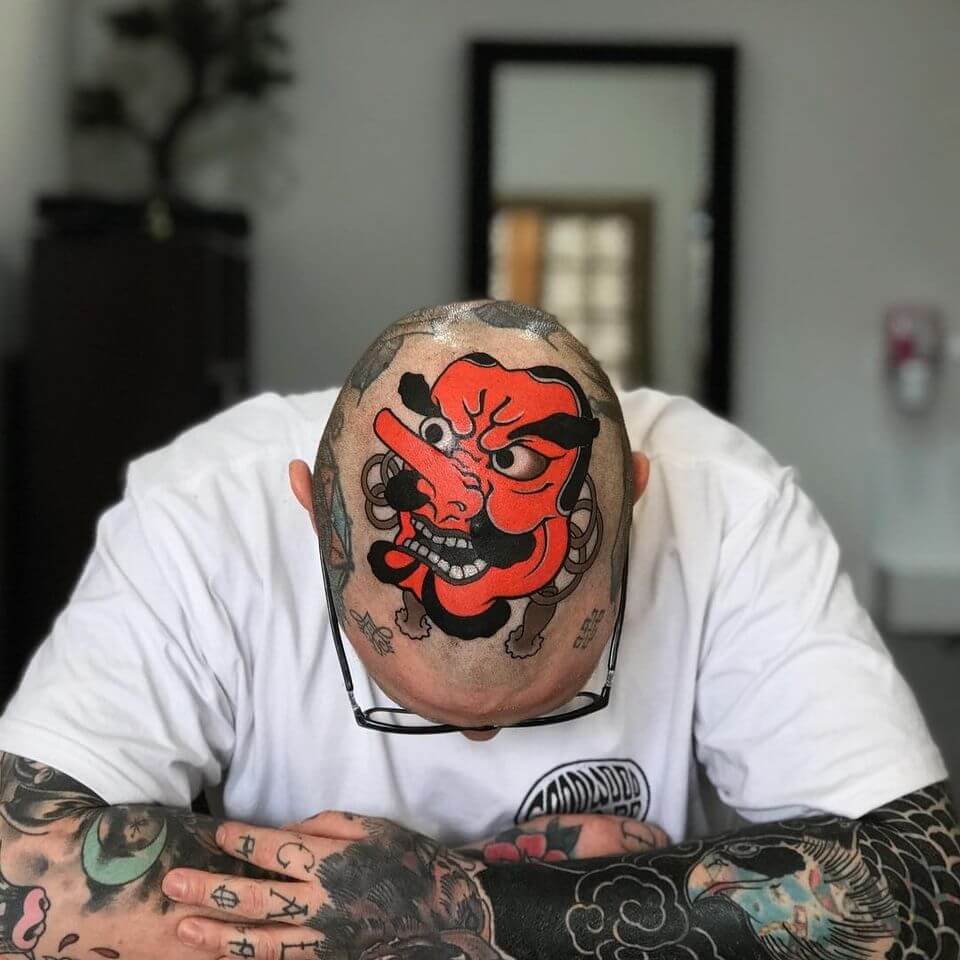
A Quick Guide to Japanese Tattoos and Folklore - Part One
Often they just think it looks cool, but they don't know the meaning and motivation behind the Japanese tattoo style, so I'll try to see if I can make it more clear and understandable without being too boring. Are you ready for a quick guide to Japanese tattoos and folklore?
In the West, the dragon often symbolizes strength, ferocity and wealth - they are seen as a destructive force, and sometimes as a guardian. The Japanese and the East generally have a different point of view. In their culture, dragons are generous, who use their power for the benefit of mankind and carry the meaning of good forces and wisdom. Each color in a Japanese tattoo also has its own meaning.
Black dragons are the children of the millennium black gold dragon. They are symbols of the North. They caused storms by fighting in the air.
The blue dragons are the children of the blue-gold dragons, which are eight hundred years old. They are the purest in blue tones, a sign of the coming spring and a symbol of the East.
Yellow dragons are born from yellow-gold dragons that are a thousand years old or more. They don't have any symbolism. They retire and wander alone. They appear at the "perfect moment" and remain hidden the rest of the time. Yellow dragons are also the most revered of the dragons.
Red dragons are descended from a red and gold dragon that is about a thousand years old. They are a symbol of the West and are very similar to black dragons. Red dragons can cause a storm in the sky when they fight - a great idea for a furious Japanese tattoo.
White dragons are descended from millennia-old white-gold dragons. They symbolize the South. White is the Chinese color of mourning, and these dragons are the sign of death. Pretty good idea for a more serious Japanese tattoo.
Now let's see - do you know how many toes Japanese dragons have? If not, scroll back and take another look at these amazing photos. Often clients bring me drawings of Japanese dragons with four fingers... BUT, let's try to dive into some fragments of oriental folklore.
Chinese dragons, they have five toes. The Chinese believe that all eastern dragons originated from China. They believe that the dragons flew away, and the farther they flew, the more they began to lose their toes. Korean dragons have four toes, while Japanese dragons have three. The Japanese believed that all dragons originated from Japan, and the farther they fly, the more extra toes they get.
Whether you type it in Japanese or Chinese, the Korean dragon is the one in 7 out of 10 images. So don't trust Google on this one - the only thing to do to be sure is to count those fingers.
I really hope you enjoyed this quick guide and have a better understanding of the different types of Japanese tattoos.
Leave a Reply